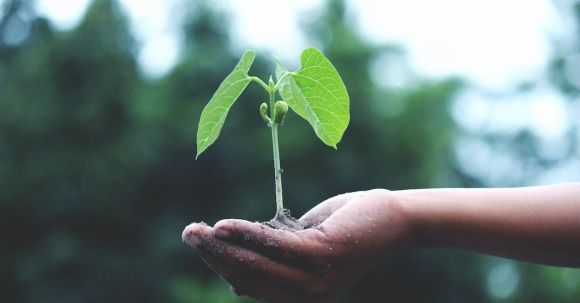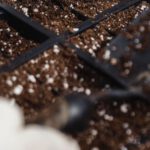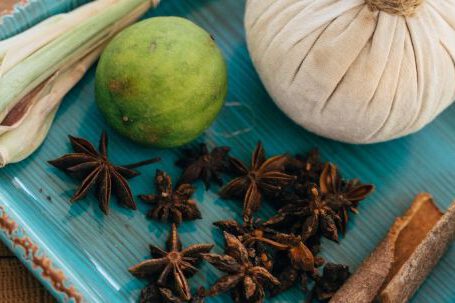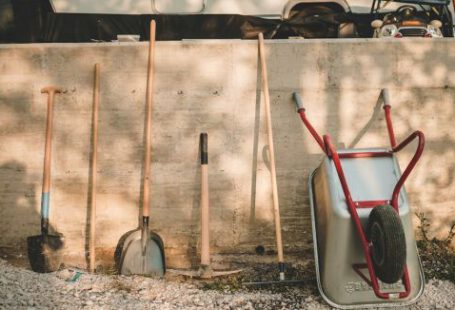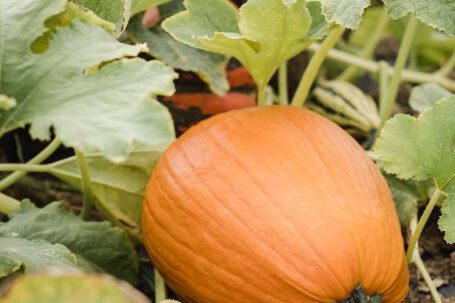Gardening is a rewarding and fulfilling hobby that allows you to connect with nature and create a beautiful space. Whether you have a small balcony garden or a large backyard, knowing when to start planting is crucial for a successful garden. In this article, we will explore the best time to start planting and the factors you should consider for different types of plants.
Understanding Your Climate
Before you start planting, it is essential to understand your climate. Each region has its own unique climate patterns, which can greatly influence the timing of planting. Factors such as temperature, rainfall, and frost dates all play a role in determining the best time to start your garden.
Cool-Season Crops
Cool-season crops thrive in cooler temperatures and can tolerate light frost. Examples of cool-season crops include lettuce, spinach, peas, and carrots. These plants prefer to be planted in early spring or fall when the temperatures are milder. Planting cool-season crops too late in the season can cause them to bolt or go to seed prematurely.
Warm-Season Crops
On the other hand, warm-season crops require higher temperatures to thrive. These include tomatoes, peppers, cucumbers, and beans. It is best to wait until all danger of frost has passed before planting warm-season crops. In most regions, this is usually around the last frost date in spring. Planting too early can lead to stunted growth or even plant death due to cold temperatures.
Perennials and Bulbs
Perennials and bulbs are plants that come back year after year. Examples include roses, daffodils, and tulips. These plants have specific planting times based on their growth cycles. Spring-blooming bulbs are typically planted in the fall, while summer-blooming bulbs are planted in the spring. Perennials, on the other hand, can be planted in either spring or fall, depending on the specific plant and your climate.
Consider Microclimates
In addition to understanding your overall climate, it is essential to consider microclimates within your garden. Microclimates are small areas within your garden that have slightly different temperature and moisture conditions. Examples of microclimates include areas near buildings, walls, or bodies of water.
Take advantage of microclimates to extend your growing season. South-facing walls or areas near a body of water tend to be warmer and can allow for earlier planting. Conversely, north-facing areas or those shaded by trees might stay cooler and require a later planting date.
Observe Soil Conditions
Another crucial factor to consider is the condition of your soil. Soil temperature and moisture are vital for successful plant growth. Certain plants, such as tomatoes, require warm soil to establish roots and grow properly. Before planting, ensure that the soil has warmed up sufficiently to avoid stunted growth or root rot.
Additionally, it is important to assess the moisture content of your soil. Different plants have different moisture requirements, so planting at the appropriate time ensures that the soil is not too wet or too dry. Soil that is too wet can lead to root rot, while soil that is too dry can hinder germination.
Experiment and Learn
Gardening is a continuous learning process, and every garden is unique. While general guidelines can be helpful, it is important to experiment and observe what works best in your specific garden. Keep records of planting dates, weather conditions, and plant performance to refine your gardening skills over time.
In conclusion, the best time to start planting depends on various factors such as your climate, the type of plants, microclimates in your garden, and soil conditions. By understanding these factors and experimenting with different planting times, you can maximize the success of your garden and enjoy a bountiful harvest. Happy gardening!
